Marc Chagall’s star still shines bright today: the Russian-French Modernist is coveted by collectors and connoisseurs alike. Our columnist explains why JEAN-DAVID MALAT
 Personally, Marc Chagall is by far my favourite Modern artist. His paintings are somewhat like dreams and they remind me of my childhood: indeed, my grandfather was Polish and my grandmother’s family originally from Russia. Growing up, I listened to their stories and traditional tales and, in my mind, these resembled the colourful and oneiric scenes depicted by Chagall.
Personally, Marc Chagall is by far my favourite Modern artist. His paintings are somewhat like dreams and they remind me of my childhood: indeed, my grandfather was Polish and my grandmother’s family originally from Russia. Growing up, I listened to their stories and traditional tales and, in my mind, these resembled the colourful and oneiric scenes depicted by Chagall.
I think that up to today, he has influenced a lot of Israeli and Russian contemporary artist. He stayed true to his own style all his life. And even Picasso – who is known for being very critical of fellow artists – was a lover of Chagall’s works. I believe it is all down to the combination of colours, and the love and family values he put into his paintings. These are unique.
And the market seems to have picked up on this too. The presence of artworks by the late Master Painter in every major Modern Art auction around the world since the mid-2000s illustrates the recognition that his art has gained on the art market and with art collectors alike. An example of how this artist’s value on the art market has been reinforced since 2005 can be observed in the results of “La Femme du Peintre” (1970). In 1996, this 100 x 65 cm oil on canvas was auctioned at Sotheby’s New York for USD 650,000 (within the estimated USD 600,000 – 800,000). In 2012, the exact same painting was auctioned again at Sotheby’s New York. It was then sold for a hammer price of USD 1,800,000. That’s almost three times more than in 1996, the kind of trend more usually seen by living artists these days. This tendency is due to the fact that the demand for quality paintings by the Master Chagall keeps getting higher, while fewer and fewer pieces are available on the market.
To this day, the record price for a Chagall artwork to sell at an auction was at the August 2013 Christie’s New York sale, when “Les trois acrobates” (1926) sold for USD 11,500,000; well above the estimate between USD 6,000,000 – 9,000,000.
Considering all of the above, it is no surprise that the art market statistics website artprice.com has evaluated that USD 100 invested in 1999 in a Marc Chagall work will have an average value of 178 USD in September 2013.
But beyond that, the world’s most respected art institutions are constantly paying tribute to his great heritage: In 2013, two major UK institutions hosted Chagall exhibitions – Tate Liverpool and Manchester Jewish Museum – that looked into the Jewish heritage and modernist influences that shaped his career; while the Grand Palais in Paris hosted an exhibition of self-portraits at the Musée National Marc Chagall in Nice.
As for 2014, the first major retrospective in Spain devoted to Chagall will take place at the Museo Thyssen-Bornemisza in Madrid, curated by President of the Comité Chagall, Jean-Louis Prat.
At Opera Gallery, we have been sourcing artworks by Chagall for our collectors since around 2003-2004. And thanks to our international network, we have access to numerous Chagalls, via international collectors.
In 2006, we hosted our first Chagall solo exhibition in London, which was extremely well-received by our public and collectors. Later, in 2011, we had a Chagall exhibition in Opera Gallery Monaco, then in Geneva. And in May 2013, we decided to bring our collection to Asia and hosted a large retrospective exhibition in Opera Gallery Hong Kong.
It is with great pride that we will also be hosting a retrospective in London, opening on the 15 May 2014 and with which we aim to highlight the prominent role the Russian painter played within the history of art; and also to reinforce even further his value and recognition on the current art market.
Jean-David Malat is Director of the international Opera Gallery group. The Opera Gallery’s Chagall retrospective shows in London in May 2014 and in Singapore in autumn 2014.

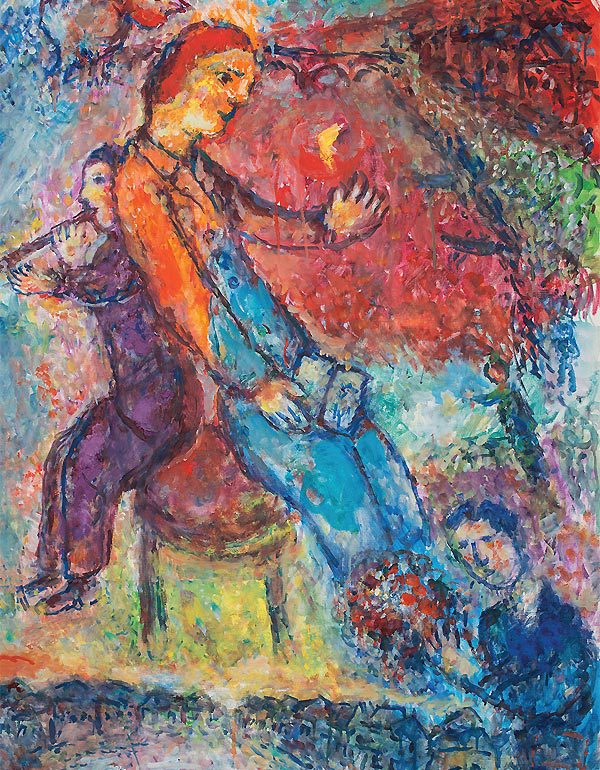



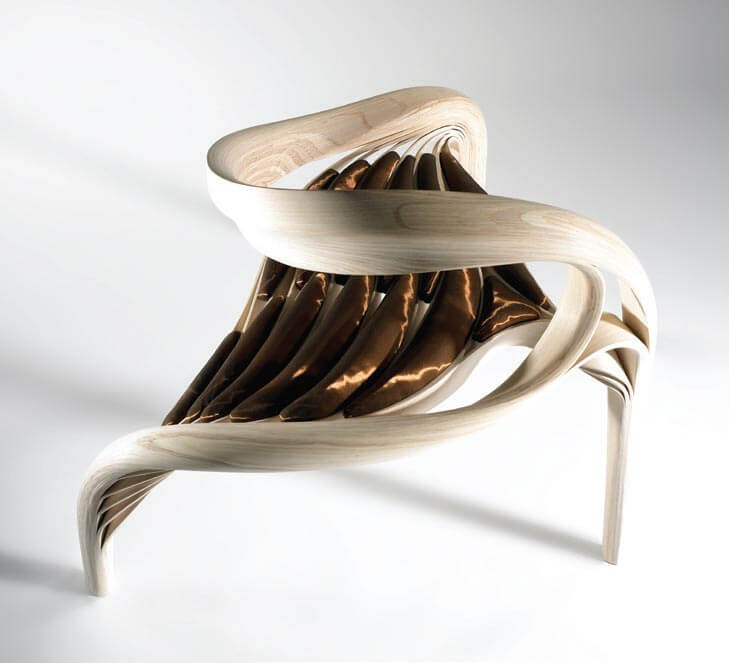
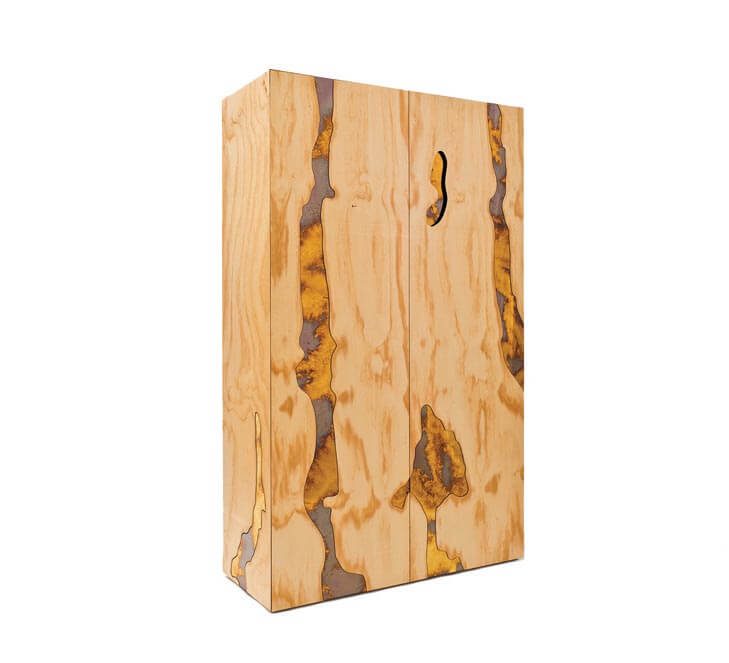
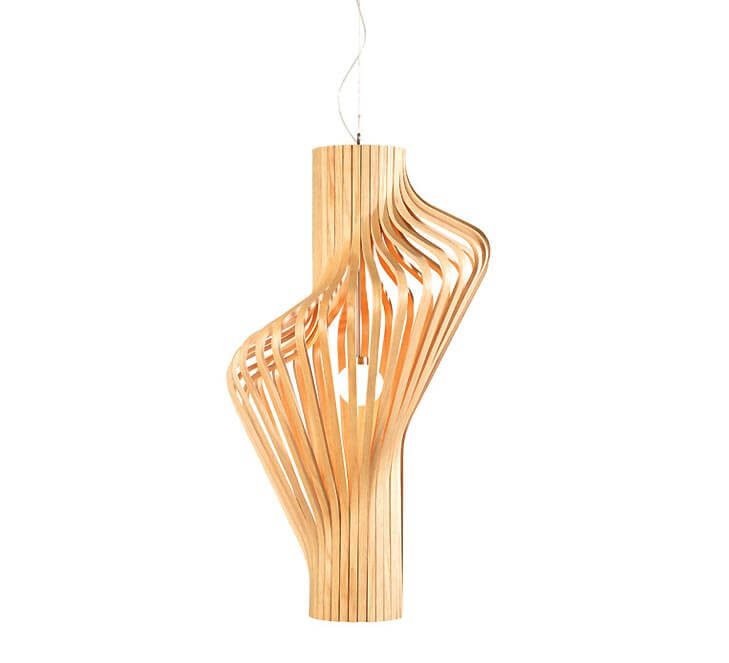
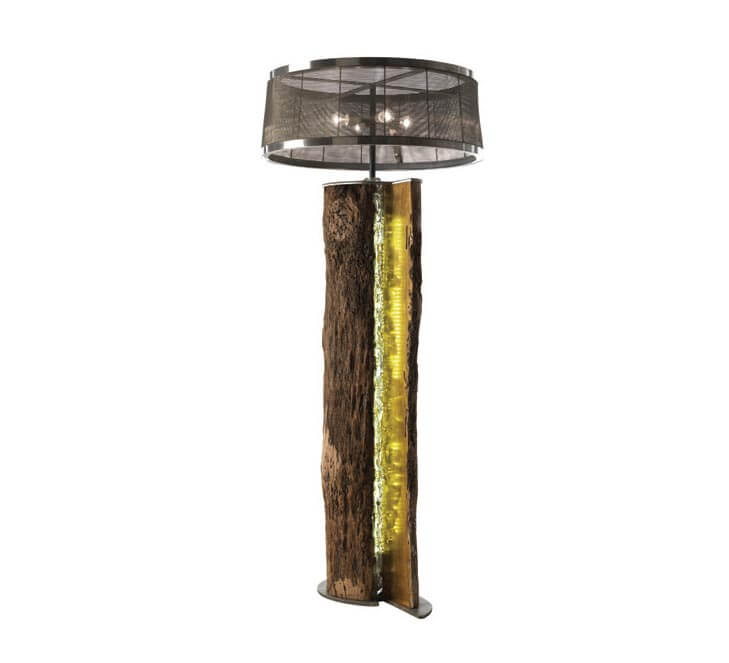
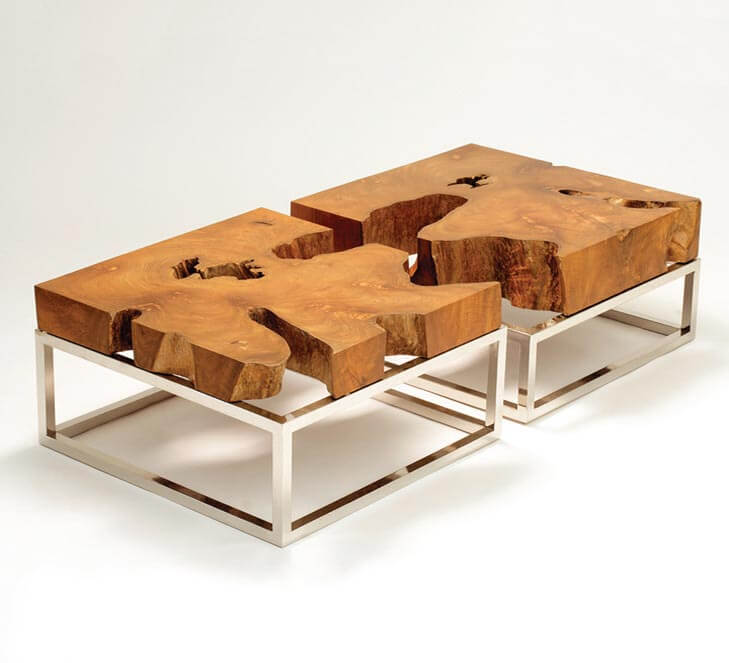
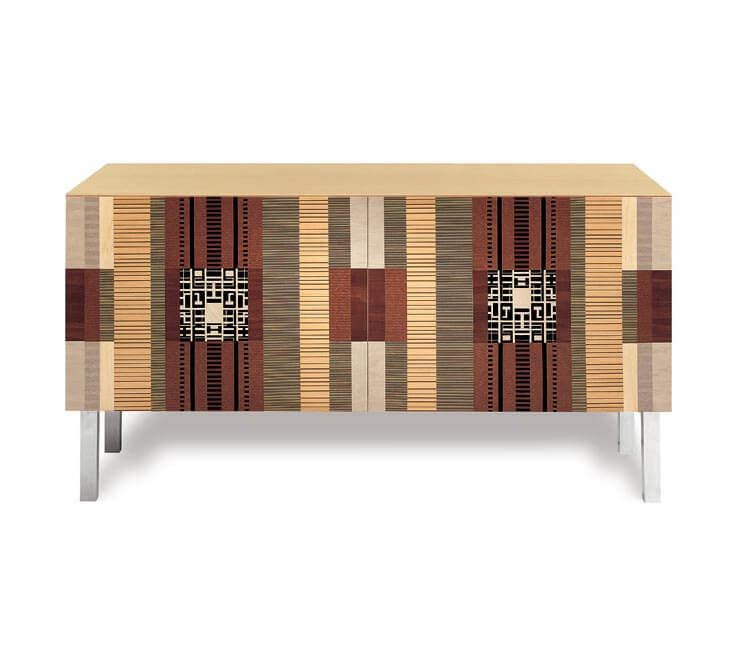
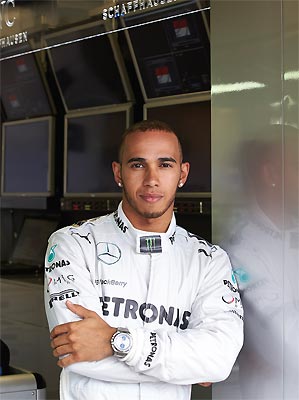







Recent Comments